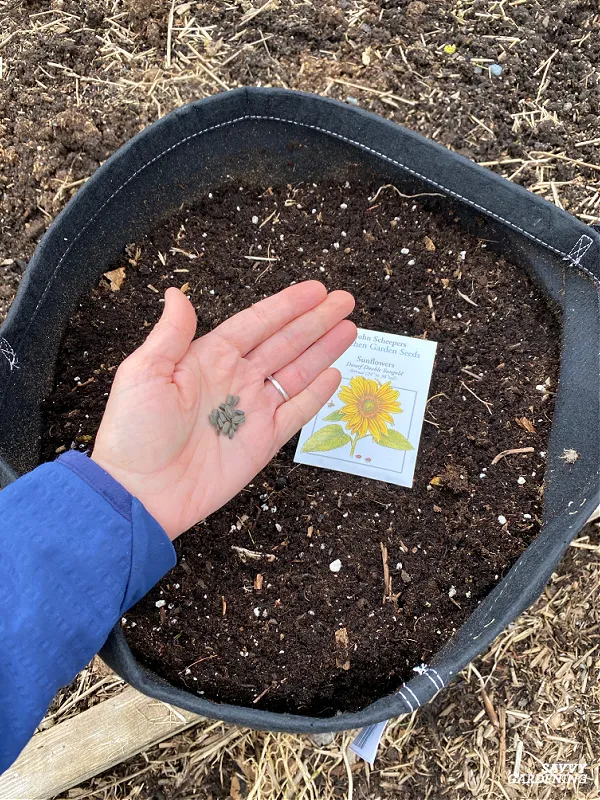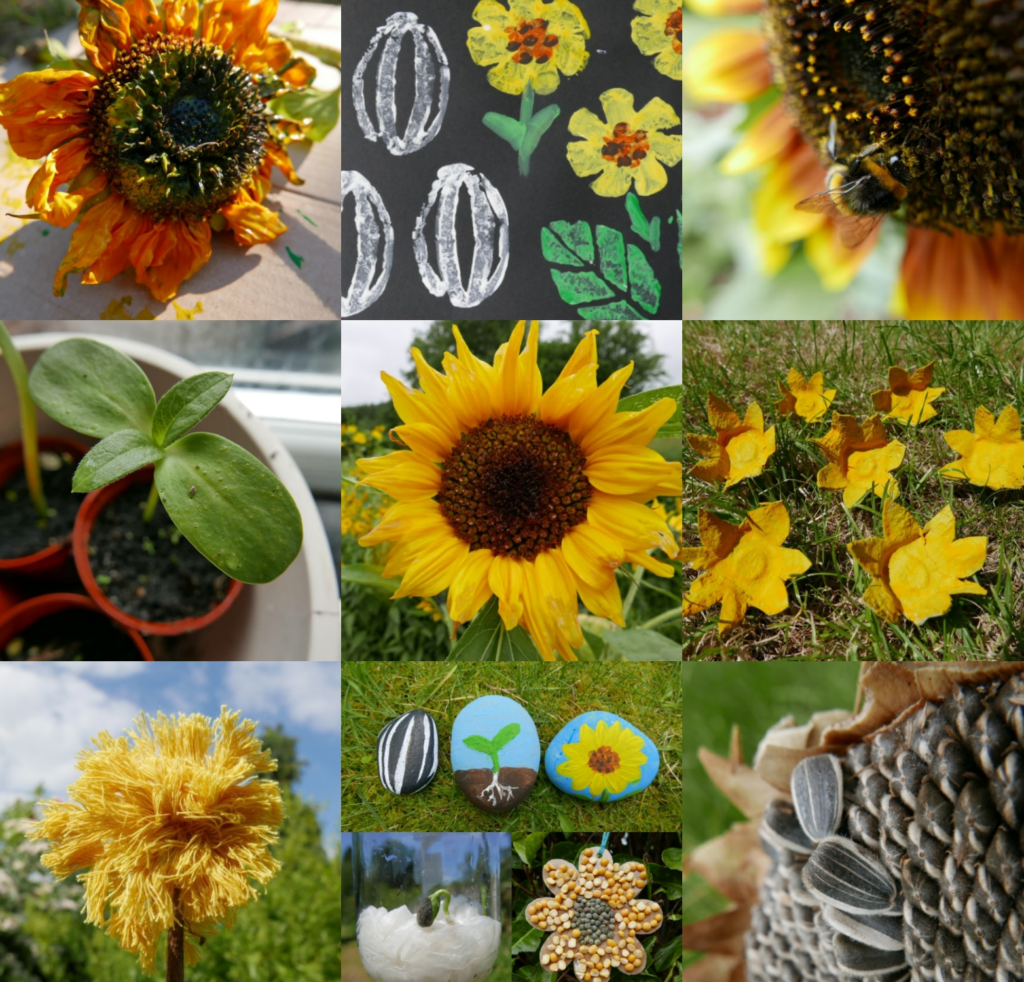Sunflower Growing Tips: How to Grow Healthy and Beautiful Sunflowers
Let’s dive into the wonderful world of sunflower cultivation, exploring everything from seed selection to harvest. Whether you’re a novice gardener or a seasoned pro, these tips will help you grow stunning sunflowers that will be the envy of your neighborhood.
Why Grow Sunflowers?
Before we get into the nitty-gritty of sunflower care, let’s talk about why these magnificent plants deserve a spot in your garden:
- Versatility: Sunflowers come in various sizes and colors, fitting into any garden design.
- Easy to grow: They’re low-maintenance and perfect for beginners.
- Pollinator-friendly: Bees and butterflies love sunflowers, supporting local ecosystems.
- Edible seeds: Many varieties produce delicious, nutritious seeds.
- Natural beauty: Their cheerful blooms brighten up any space.
Choosing the Right Sunflower Varieties
The first step in your sunflower journey is selecting the perfect variety for your garden. Here are some popular options:
- Mammoth Russian: Towering giants reaching up to 12 feet tall with massive flower heads.
- Sunbright: Medium-sized plants with classic yellow petals and dark centers.
- Autumn Beauty: Multi-colored blooms in shades of yellow, bronze, and mahogany.
- Teddy Bear: Fluffy, double-petaled flowers on compact plants.
- Italian White: Unique creamy-white petals with a chocolatey center.
I’ve grown all of these varieties, and each has its own charm. My personal favorite is the Autumn Beauty for its stunning color range.

Preparing the Perfect Sunflower Bed
Sunflowers thrive in well-drained, nutrient-rich soil. Here’s how to prepare your garden:
- Choose a sunny spot: Sunflowers need at least 6-8 hours of direct sunlight daily.
- Test your soil: Aim for a pH between 6.0 and 7.5.
- Amend the soil: Add compost or well-rotted manure to improve fertility.
- Loosen the soil: Use a garden fork to break up any compacted areas.

Planting Sunflower Seeds
Follow these steps:
- Wait for warm soil: Plant after the last frost when soil temperatures reach 50°F (10°C).
- Space seeds correctly: Plant 1 inch deep and 6 inches apart for most varieties.
- Water thoroughly: Keep the soil moist but not waterlogged.
- Protect from pests: Use row covers to deter birds and rodents.
I always plant a few extra seeds as insurance against poor germination or hungry wildlife

Nurturing Your Sunflower Seedlings
Once your seeds sprout, it’s time to give them some TLC:
- Thin seedlings: When they reach 6 inches tall, thin to 12-18 inches apart.
- Water deeply: Provide 1 inch of water per week, more during dry spells.
- Fertilize sparingly: Too much nitrogen can lead to weak stalks.
- Support tall varieties: Use stakes or cages for plants over 3 feet tall.
Dealing with Sunflower Pests and Diseases
While sunflowers are generally hardy, they can face some challenges:
- Aphids: Control with insecticidal soap or a strong spray of water.
- Deer and rabbits: Use fencing or repellents to protect your plants.
- Fungal diseases: Improve air circulation and avoid overhead watering.
- Birds: Cover developing seed heads with mesh bags if you want to harvest the seeds.
In my experience, maintaining good garden hygiene and monitoring regularly can prevent most issues.

Harvesting Sunflower Seeds
If you’re growing sunflowers for their edible seeds, here’s how to harvest them:
- Wait for the right time: Harvest when the back of the flower head turns brown.
- Cut the head: Leave about 12 inches of stem attached.
- Hang to dry: Place in a well-ventilated area for 1-2 weeks.
- Remove seeds: Rub two heads together or use a fork to dislodge seeds.
- Store properly: Keep in an airtight container in a cool, dry place.

Creative Uses for Sunflowers
Sunflowers aren’t just beautiful; they’re also incredibly versatile:
- Cut flowers: Create stunning bouquets that last up to a week.
- Bird feed: Leave seed heads on the plant for winter bird feeding.
- Natural fence: Plant a row of tall sunflowers for a temporary privacy screen.
- Photography backdrop: Use a field of sunflowers for breathtaking photos.
- Art projects: Dried sunflower heads make unique wall decorations.

Conclusion:
Growing sunflowers is more than just gardening; it’s an adventure in cultivating joy. From the moment you plant those first seeds to the day you harvest your towering beauties, every step is filled with wonder and excitement.
So, grab your gardening gloves, pick your favorite sunflower variety, and get ready to bring a little piece of sunshine into your life. With these tips and a bit of patience, you’ll soon be surrounded by the golden glow of your very own sunflower patch.
People also ask:
How long do sunflowers take to grow?
Most sunflowers take 70-100 days from planting to bloom.
Can I grow sunflowers in containers?
Yes! Choose dwarf varieties and use a pot at least 12 inches deep.
Do sunflowers need full sun?
Absolutely. They require at least 6-8 hours of direct sunlight daily.
How often should I water my sunflowers?
Provide about 1 inch of water per week, more during dry spells or for container plants.
Can I save seeds from my sunflowers to plant next year?
Yes, but only if you’re growing heirloom varieties. Hybrid sunflowers won’t produce true-to-type offspring.